
Physician Assistants
Physical & Occupational Therapists
KneeMRI ScansNon-OperativePhysiatry
Physical Therapy
Podiatry
Spine
Sports Medicine
TraumaUrgent Care
X-Ray Imaging

When it comes to the health of your hips, bursitis is not something you want to hear. But if you have ever experienced it, you know how much of a nuisance it can be. Bursitis is inflammation of one or more bursa—fluid-filled sacs located beneath your skin in certain spots, most notably around your hips. This condition can make even the simplest tasks extremely painful. Prolonged bursitis can even result in permanent damage. Fortunately, there are several things you can do to help prevent bursitis from developing or coming back. But if you suspect that you have developed bursitis and are ready to take action to get rid of it for good, this article will help get you started on the right track. Here, you’ll learn about the common causes and symptoms of hip bursitis as well as various treatment options that might be right for you.
Bursitis is a form of arthritis that causes inflammation of the bursa. Bursa are small sacs of fluid — like miniature joints — that help cushion the joints and reduce friction and pain. Bursitis can occur in the shoulder, knee, hip and even the elbow. If the bursa becomes irritated and swollen, it can become a bursitis. People who do repetitive motions such as people who lift weights or who sit at a computer all day are at risk for bursitis. If you have an inflamed bursa, you may experience pain and swelling around the area where the bursa is located. The most common areas in which bursitis develops are the shoulder, elbow, knee and hips. Bursitis can also develop in your feet, which is referred to as plantar bursitis.
Bursa are small pouches filled with fluid that sit between your muscles, tendons and bones. Some bursa help reduce friction between the bones and may be referred to as “dynamic” bursa, such as the ones found around the hips. While others are known as “static” bursa and are located near joints, helping to keep the bones from rubbing against each other. The buildup of pressure in this fluid-filled sac can cause inflammation, which is known as bursitis. Bursitis can be caused by a number of factors, including injury, overuse, infection or poor posture. You are most at risk for bursitis if you have a job that requires repetitive motions, such as manual labor or work on a computer, as well as those who participate in activities that require a lot of jumping or quick movements, such as sports or dancing.
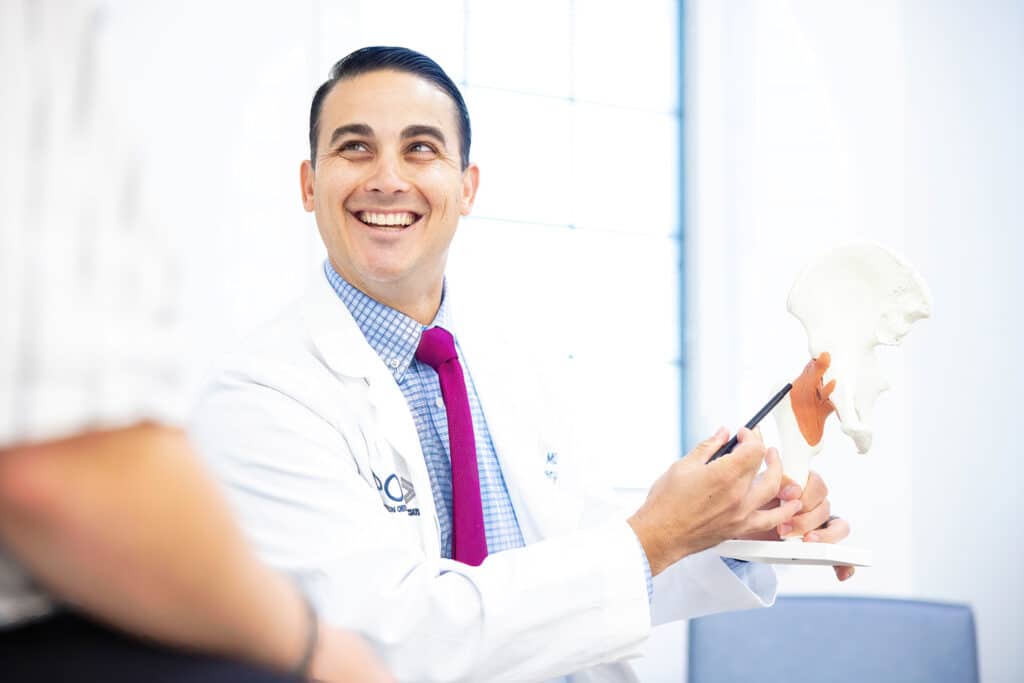
The exact cause of bursitis is unknown, but it can develop when a sudden increase in pressure occurs within a bursa sac. This often happens when the bursa are overused or irritated.
Common causes of bursitis include:
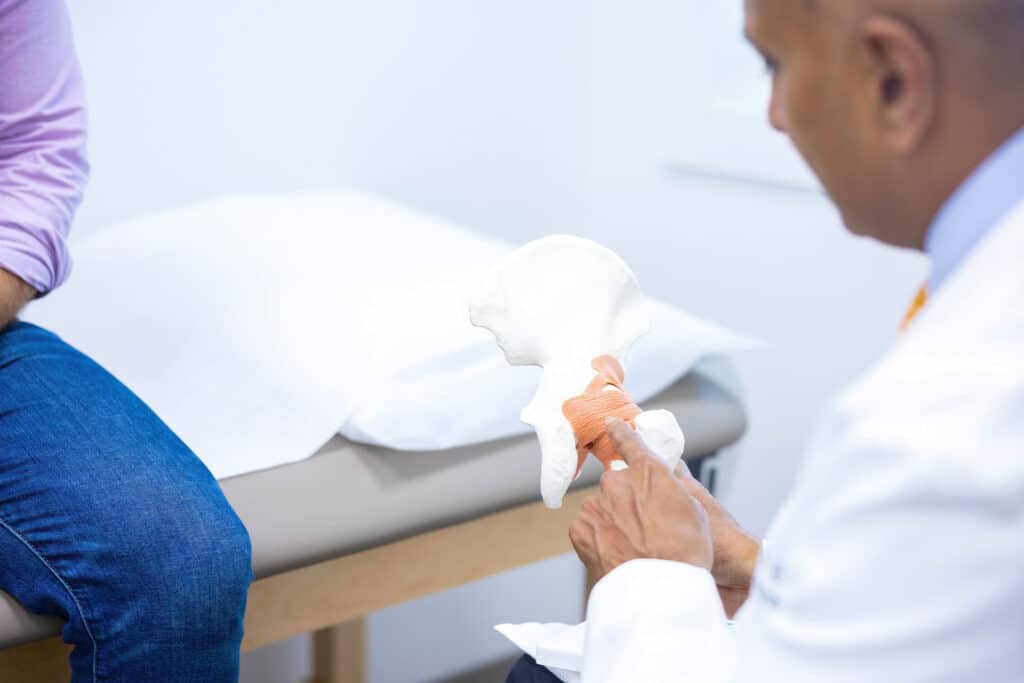
Since bursitis is an inflammatory-based condition, treatment includes reducing inflammation by following a warm compress or ice pack routine while resting as much as possible. In addition, you may want to consider following a healthy diet and lifestyle to further help prevent the condition from recurring.
Hip bursitis can be a painful condition that can make even the simplest activities difficult. Luckily, there are several things you can do to help prevent it or reduce its severity, such as following a healthy diet, exercising regularly and changing your posture. If you think you may have developed bursitis, you should see your doctor for treatment.
Everyone’s feet are not the same. Some people are born with a higher risk of developing flat feet or some other foot abnormalities. However, it’s not something to be scared of. Having flat feet does not necessarily mean you will end up with painful arthritis in your knees or hips. In fact, if you have flat feet, you can even view it as an advantage because it might help you become a better runner or even an athlete! A person with flat feet has an arch that is less noticeable than usual when viewed from above. When standing and walking, this may lead to greater stress on the knee joint than someone who has arches that are more pronounced. If your child has flat feet, consult your doctor for advice on the best activities for them and their specific condition so they can remain healthy and active.
There are many ways people end up with flat feet. There are various traumas that can occur which affect the foot and ankle leading to a flattening of the arch. Mostly, though, people who have flat feet are born with that condition. It’s genetic. One of the most common reasons is a lack of arch support when the foot is growing inside the womb. Due to this, the bones of the foot are not aligned correctly, and the arch is not developed or not properly developed. Another common reason for flat feet is an abnormal leg length. This can happen as a result of muscle imbalances that occur during one’s lifetime. Due to certain muscles being weaker than others, the legs can be out of alignment, which affects the way the foot strikes the ground. Finally, having flat feet can be due to a foot deformity that happened during childhood. If a child is putting a lot of pressure on their feet and toes, they can cause soft tissue misalignment. Over time, that misalignment can become permanent.

Generally, people with flat feet don’t notice pain in their feet, and they lead a normal, active lifestyle. But when they start experiencing pain in their knees or hips, the problem is obviously there. If the affected person is a child or a teenager, the doctor would monitor the situation very closely.
The most common symptoms of having flat feet are:
Your doctor will take a look at your foot structure and decide whether you have flat feet or not. If you are suffering from foot pain, he or she might order X-rays. However, the diagnosis can be tricky if you only have one or two symptoms from the above list and your feet have a normal appearance. In such a case, your doctor might refer you to a podiatrist for a thorough examination. The podiatrist will measure your foot structure, take into account your other symptoms, and examine the pressure distribution between your foot and the floor when you walk.
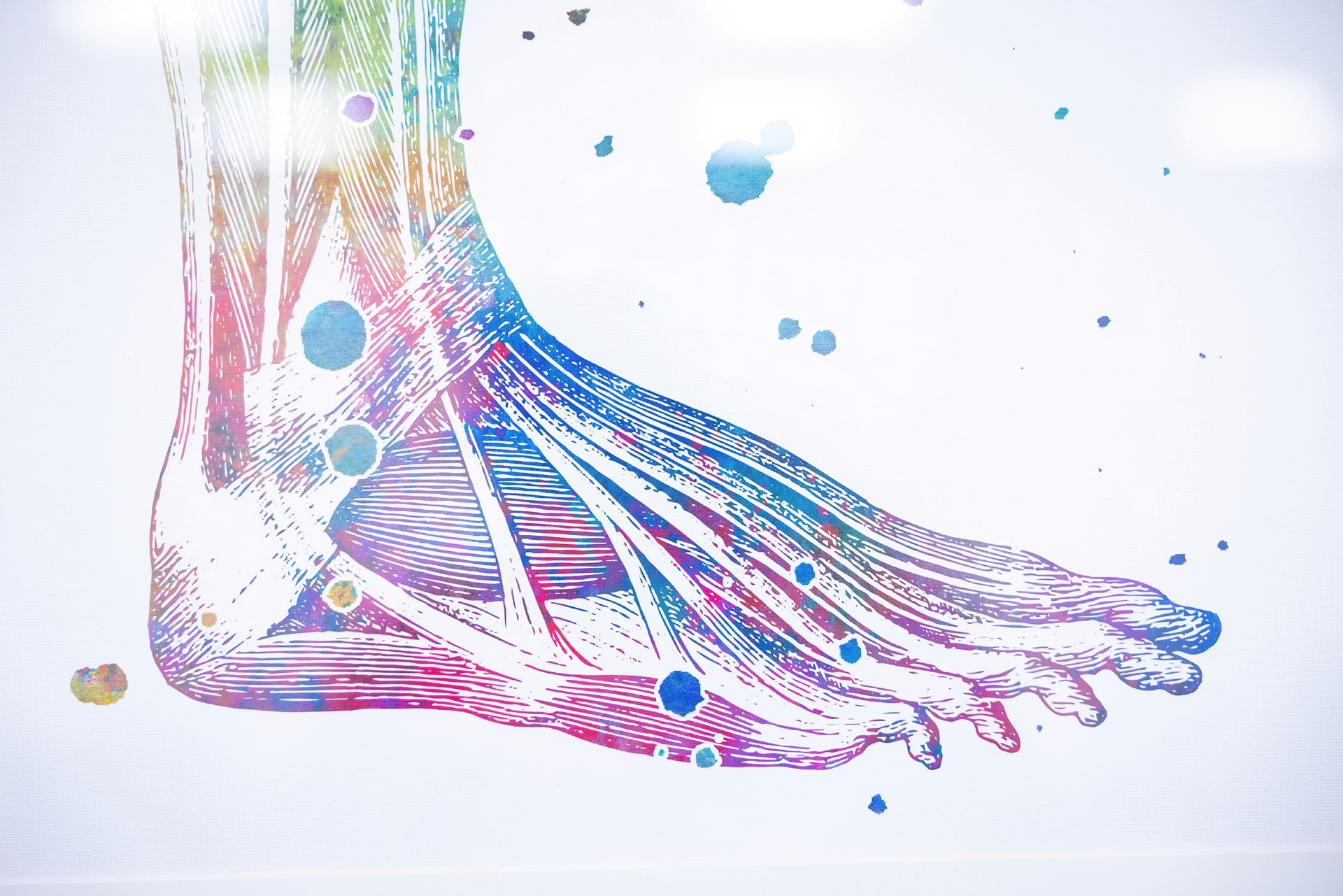
If you have flat feet and they don’t cause you any discomfort or pain, there’s no reason to treat them. But if they do, there are a few options you can turn to.
Having flat feet doesn’t mean you can’t lead a healthy and active lifestyle. But you should keep in mind that, unlike people with high arches, you are more prone to various foot and ankle injuries, such as plantar fasciitis. Your doctor will recommend which exercises are best for you so you can strengthen your muscles and improve your posture. If you follow their advice, you will soon be enjoying the benefits of an active lifestyle without pain!
When you suffer from sciatica, it can feel like your world has come to an end. You might not know what is happening to you and how long you will have to live with these painful symptoms. Treating this condition can be difficult because most exercises and stretches that you find online aren’t specific for sciatica. This means the general advice about stretching won’t help much in this case. This article will help you understand the causes of sciatica, as well as different treatments for it. So keep reading for more information about the best stretches for sciatica pain and how to get rid of it fast.
Sciatica is a condition in which the sciatic nerve, the largest of the spinal nerves, is irritated by either a herniated disk in the back or some other structural problem in the spine. The pain usually starts from your lower back and radiates to your buttocks and down one leg. In most cases, sciatica can be treated with exercises, stretching, and medication. The goal when treating this condition is to reduce inflammation and muscle spasm around the sciatic nerve so that it will heal properly.
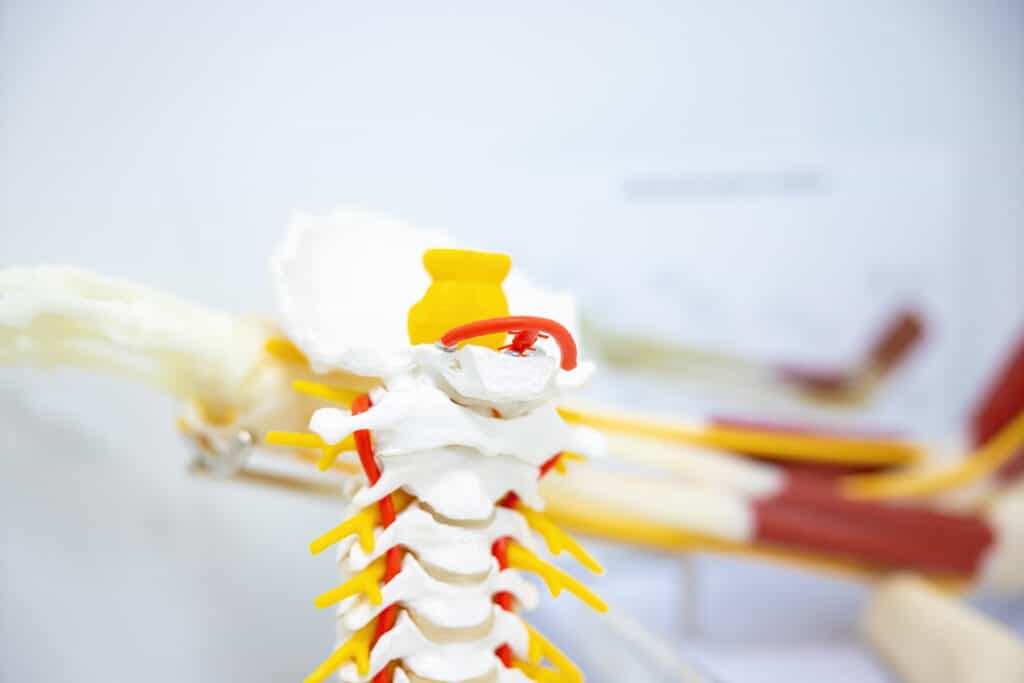
Sciatica is a nerve disorder that causes pain in the lower back and down the legs. The sciatic nerve is the longest nerve in your body, so when it becomes pinched or inflamed, it can cause intense pain. Most people who experience sciatica feel pain in the back of their thigh or buttock, as well as shooting pain into one of their legs. Fortunately, there are ways to get rid of this pain for good. The best stretches for sciatica relief are stretches that target the piriformis muscle. Piriformis syndrome occurs when the piriformis muscle goes too long without being stretched. This muscle helps stabilize and rotate your hip joint and causes inflammation when it becomes tight or overworked. To stretch this muscle, sit on the floor with both feet flat on the ground about shoulder-width apart. Stretch your arms out in front of you so they’re at a right angle with your torso and place one hand on either side of your hips. Press into your hands to move yourself forward and backward until you find a comfortable stretch in your hips and buttocks and hold for 30 seconds before releasing slowly. These simple stretches can help relieve sciatica pain quickly while also strengthening those muscles so they don’t go into spasm again!
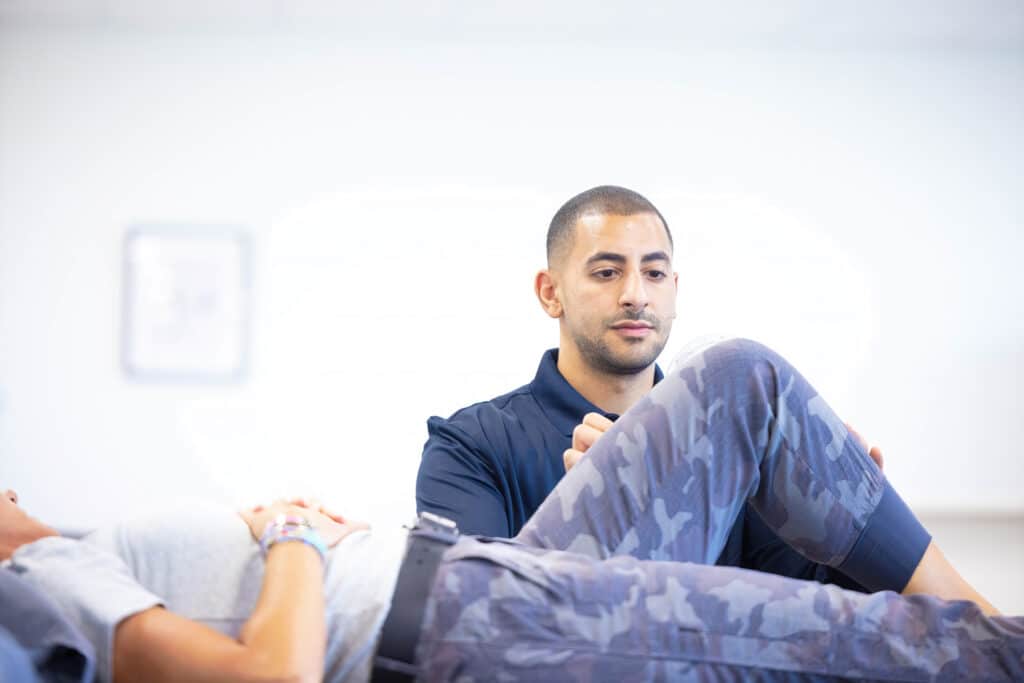
There are many stretches that can help relieve sciatica pain. At the same time, there are also some stretching routines that you should avoid. For example, exercises like deep squats or lunges will only worsen your pain. So what are the best stretches for sciatica?
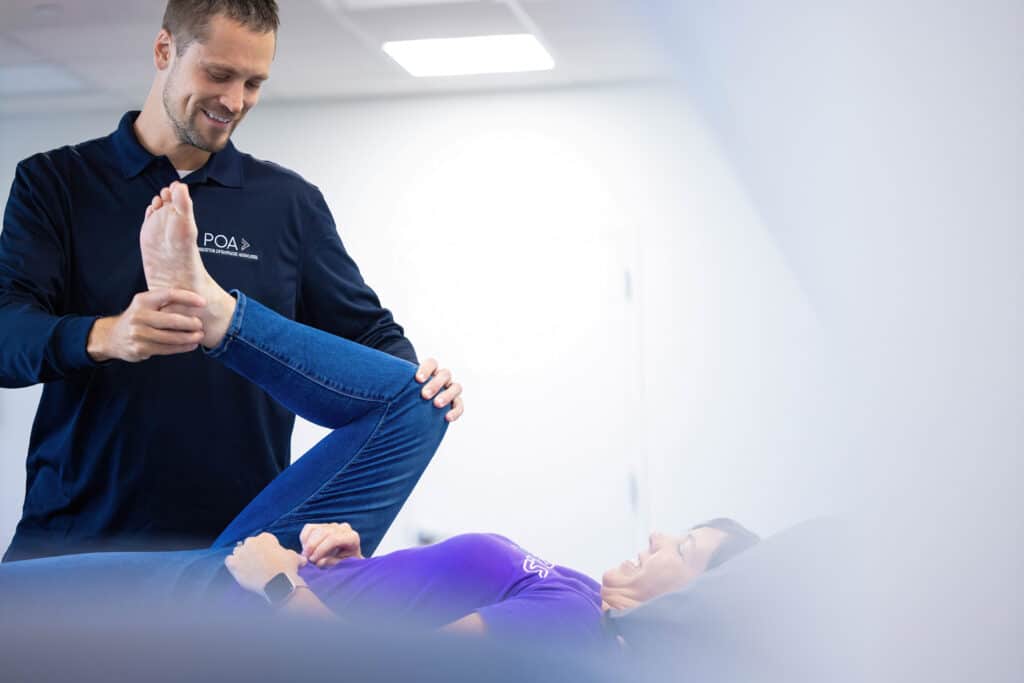
Sciatica is a condition that can affect your lower back, buttocks and legs. It's usually caused by a pinched sciatic nerve in your spine that results in pain and discomfort. Sciatica pain can be debilitating, but there are steps you can take to get relief. The best way to treat sciatica is through stretching, which will help you maintain a healthy spine and lessen the chance of future flare-ups. You can also do exercises that strengthen your core and lower body, which may help to decrease pain. In addition to stretching and exercising, you should consult a doctor who specializes in sciatica treatment for the most effective care. Sciatica is a painful condition that can cause discomfort for people of all ages. The good news is that there are steps you can take to get relief. The best way to treat sciatica is through stretching, which will help you maintain a healthy spine and lessen the chance of future flare-ups. You can also do exercises that strengthen your core and lower body, which may help to decrease pain. In addition to stretching and exercising, you should consult a doctor who specializes in sciatica treatment for the most effective care.
Behind your knee cap are two really important ligaments that form an X, and they hold your femur together with the tibia. They’re two of the most important ligaments which help your leg bend at the knee. The anterior cruciate ligament (ACL) and the posterior cruciate ligament (PCL) are called. They are your knee’s interior dynamic duo. On the outside, you’ve got two medial (inside) and lateral (outside) collateral ligaments that are both critical to knee stability. They help keep the knee from hyper-extending or bending sideways. That’s basic knee anatomy. The ACL keeps the bottom part of your leg from moving too far forward and the PCL keeps it from moving too far backward. Sometimes, though, these ligaments can tear. You’ve probably heard about a college or professional athlete who has torn their ACL. But what about the PCL?
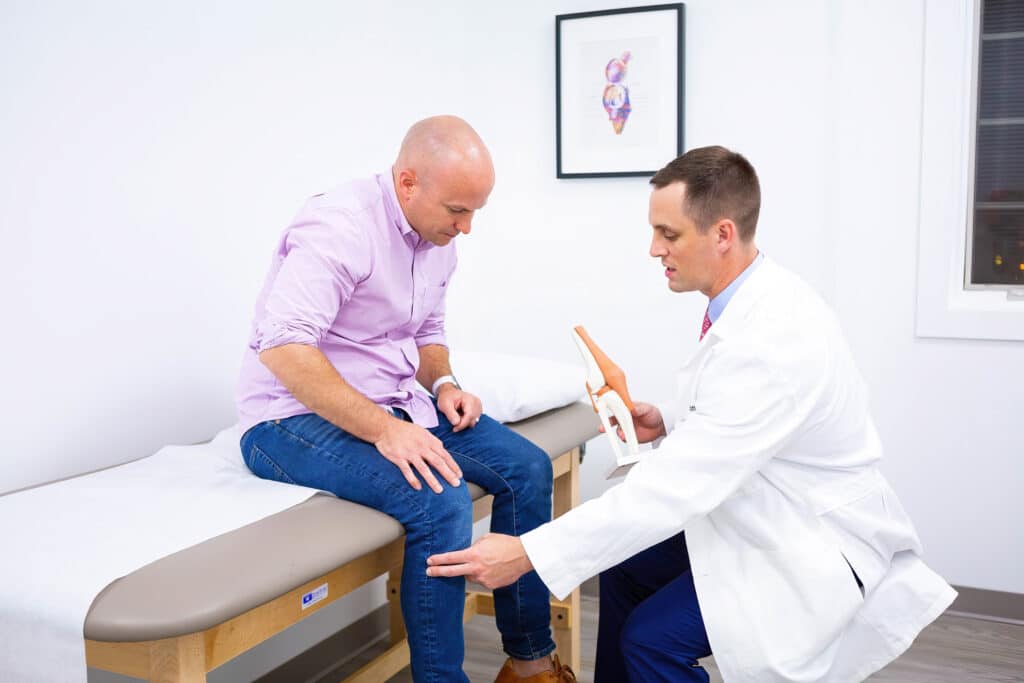
A PCL injury is a rare sports injury that occurs in any athlete who has explosive acceleration, agility, and cutting movements as part of their regular activity. Of course, it doesn’t always happen to athletes. There are traumas, such as a car wreck, which can cause damage to the PCL. These injuries are classified by severity as Grade 1, Grade 2, or Grade 3. Grade 1 is a hyperextension where the ligament is stretched beyond what it was meant to. Grade 2 is when that stretching turns into a slight tear. Grade 3 is when the ligament is torn all the way through. With a PCL injury, your knee will feel unstable and you will have pain on the inside of your knee. The pain can also extend up to your hip and down the inside of your thigh.
If you’ve recently injured your knee and are wondering if it was a PCL injury, there are a few telltale signs to look out for. You should also watch out for two specific symptoms: Pain in the back of your knee and swelling in the knee. If you’re experiencing those symptoms, it’s important to see a doctor immediately to diagnose the issue and rule out any other potential injuries. The sooner you address the injury, the better off your recovery process will be.
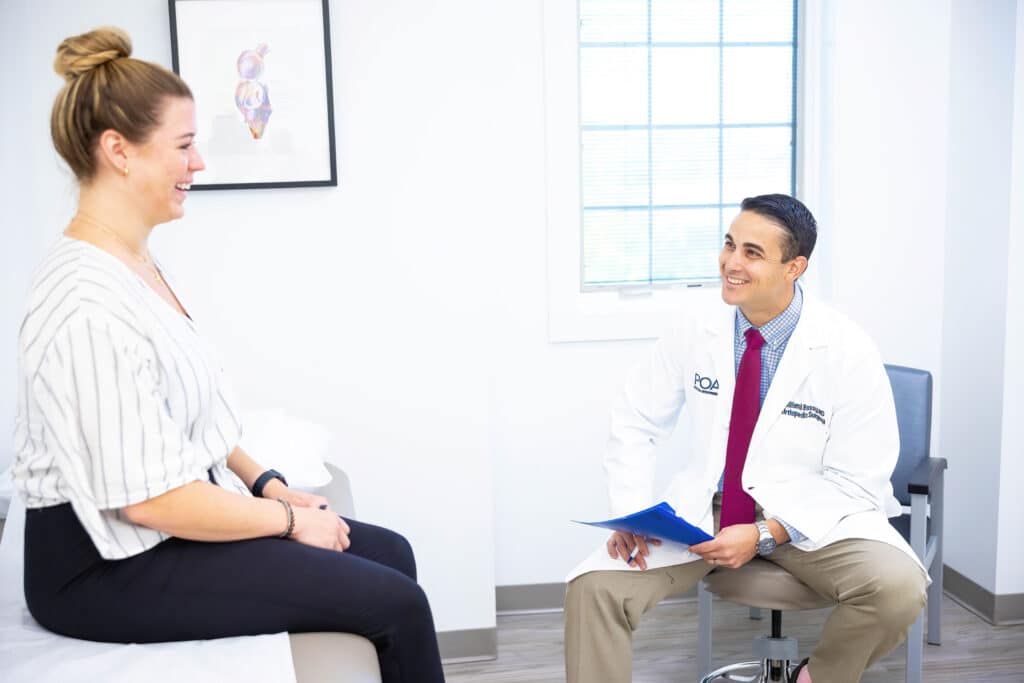
For Grade 1 and 2 injuries, there are non-surgical options for treatment. To start with, your normal RICE protocol is important: Rest, Ice, Compression, Elevation. Stay off of it as much as you can for a few days. Use a compression knee brace and ice the back of your knee regularly. You can also take anti-inflammatory over-the-counter medications. Depending on how severe a Grade 2 injury is, you might even do physical therapy. All of this should be in consult with your doctor.
For a Grade 3 injury, your only option is surgery. The good news is that since the cruciate ligaments have gotten so much attention due to their injuries being associated with professional athletes, we’ve gotten really good at them. We’re able to repair the injury and have you back on your feet in no time. Well, after recovery and rehab, that is.
PCL injuries are on the rise, and it’s important for athletes, weekend warriors, and anyone else who participates in sports to take the necessary precautions to avoid any sort of injury. One of the most important things you can do is to always keep your knee properly braced and supported. If you hurt your PCL, it is absolutely essential that you treat it as soon as possible. The sooner you go to a doctor, the sooner you will be able to get back on track.

© 2023 Princeton Orthopaedic Associates. The contents of princetonorthopaedic.com are licensed under a Creative Commons Attribution-NonCommercial 4.0 International License. Copying without permission is strictly forbidden.